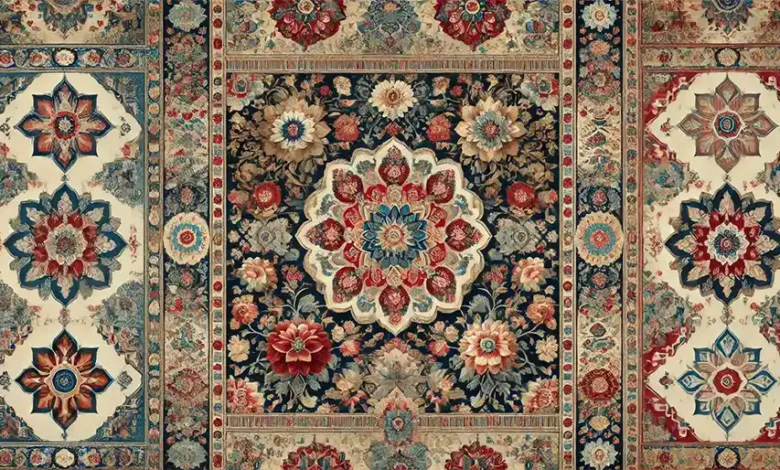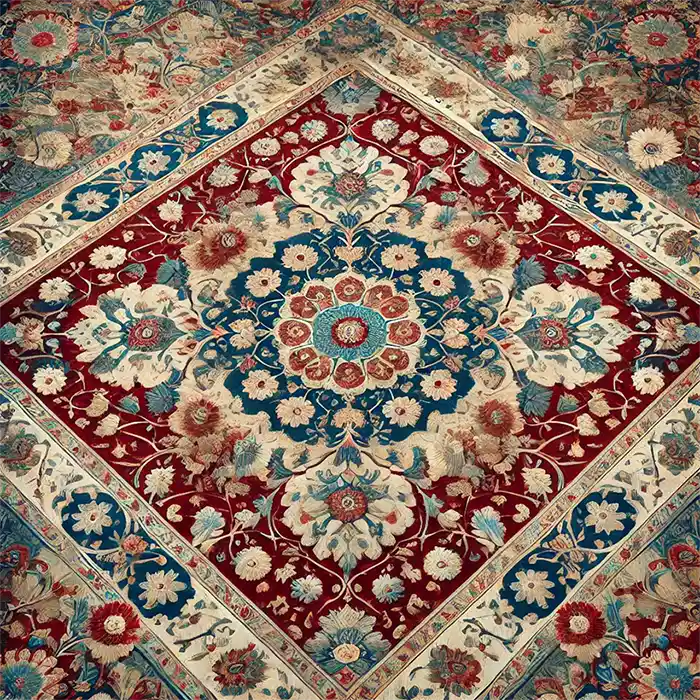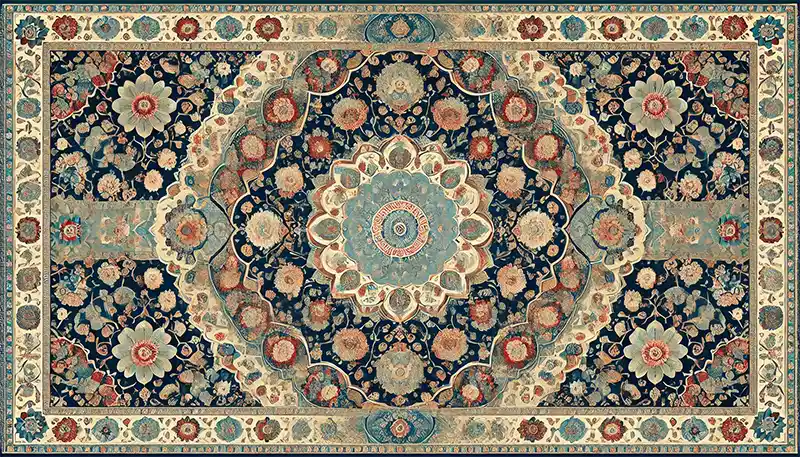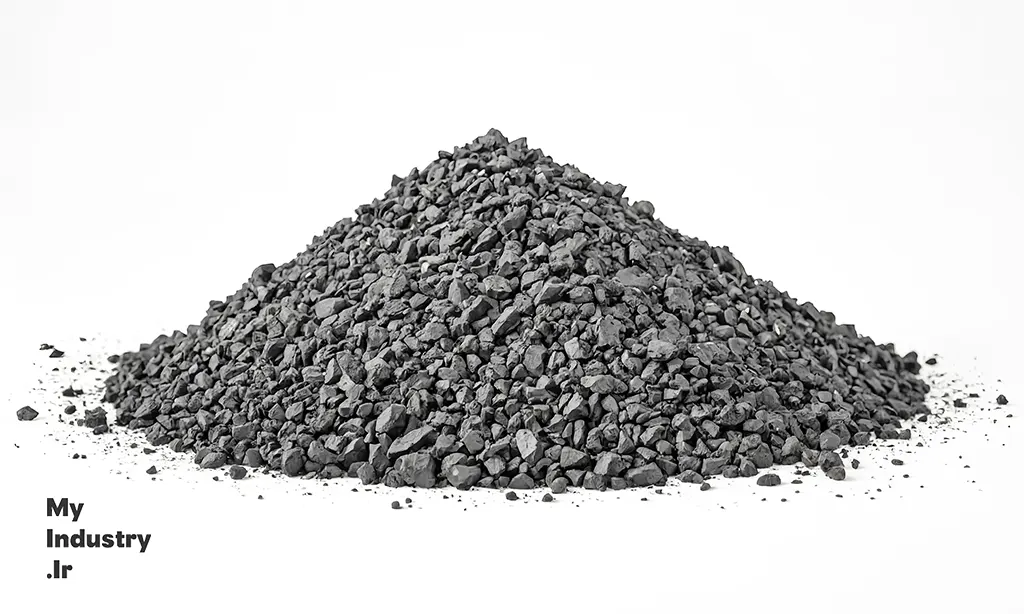Exploring the Carpet Weaving Cities in Iran: A Practical Guide
Ultimate Guide to Iran’s Carpet Weaving Cities & Their Business Opportunities

Iran is famous worldwide for its hand-woven carpets, an industry that has thrived for centuries. While the craftsmanship is remarkable, what truly attracts savvy investors is knowing where the key carpet weaving cities in Iran are, and how these hubs offer profitable business opportunities. This guide will take you through the major cities known for carpet production, helping you identify the best places to source and invest in Persian carpets. Let’s go and read about Carpet Weaving Cities in Iran.
Introduction to Carpet Weaving Cities in Iran
1. Isfahan: The Center of Luxury Carpets
- Key Market: Isfahan Grand Bazaar, Naqsh-e Jahan Square
- Carpet Type: Silk and Wool Carpets
Isfahan is globally recognized for producing some of the finest Persian carpets. These carpets, woven with natural silk and intricate designs, are highly sought after in luxury markets. The Isfahan Grand Bazaar serves as a central hub where investors can directly connect with producers. If you’re targeting high-end products that appeal to affluent customers in Europe and the Middle East, Isfahan is the perfect place to focus.

2. Tabriz: The Export Powerhouse
- Key Market: Tabriz Bazaar, Saray-e Mozafarieh
- Carpet Type: Wool and Silk Carpets
Tabriz stands out as a major player in Iran’s carpet production, particularly for export. Its proximity to Turkey and Europe makes it a strategic hub for international trade. Tabriz carpets, known for their geometric designs and rich colors, are popular in North America and Europe. This city is ideal if you’re looking for large volumes and direct access to exporters.

3. Kashan: High-Volume Production
- Key Market: Kashan Traditional Bazaar
- Carpet Type: Wool Carpets
Kashan is where quality meets quantity. Known for producing wool carpets in high volumes, Kashan’s workshops have strong connections to both domestic and international markets. If you’re seeking a steady supply of wool carpets at competitive prices, Kashan is a great option.
4. Nain: Special Carpets with Premium Margins
- Key Market: Nain Traditional Bazaar
- Carpet Type: Fine Wool and Silk Carpets (6La)
Nain is renowned for producing fine, delicate carpets that attract high-end buyers. The 6La variety, in particular, is a true masterpiece. Due to the city’s relatively smaller production, Nain carpets often come with higher profit margins, making them an excellent choice for boutique shops and collectors. Now, let’s continue exploring the Carpet Weaving Cities in Iran with Mashhad!
5. Mashhad: Competitive Large-Scale Production
- Key Market: Reza Bazaar in Mashhad
- Carpet Type: Wool Carpets
Mashhad is a great choice if you’re looking to source wool carpets in large quantities. The Reza Bazaar is a prime location for finding cost-effective options, with carpets that perform well in markets demanding bulk purchases. Mashhad also plays a key role in exports to Central Asia and Russia.
6. Kurdistan: A Hub for Affordable Kilims
- Key Market: Sanandaj Bazaar
- Carpet Type: Traditional Kilims
Kurdistan’s kilims are simple, functional, and affordable, making them popular in European and American markets. The Sanandaj Bazaar is the main trading center for these kilims, which offer excellent margins due to their lower production costs and steady demand.
Approximate Price Range for Persian Carpets (USD/m²)
| Type of Carpet | Price Range (USD/m²) |
|---|---|
| Qom Silk Carpet | $150 – $350 |
| Tabriz Wool & Silk Carpet | $100 – $220 |
| Kashan Wool Carpet | $60 – $120 |
| Nain Wool & Silk Carpet (6La) | $120 – $250 |
| Isfahan Wool & Silk Carpet | $200 – $350 |
| Mashhad Wool Carpet | $50 – $100 |
| Kurdistan Traditional Kilim | $40 – $70 |
This price range, combined with a deep understanding of the carpet weaving cities in Iran. This allows you to make more informed decisions for sourcing, investing, and entering the lucrative Persian carpet market.
The Success Story of Harun Aydin: A Foreign Trader’s Triumph in the Persian Carpet Market
One of the most notable success stories in the world of Persian carpets involves Harun Aydin. A Turkish businessman who found immense success by investing in the rich tradition of carpet weaving cities in Iran. Recognizing the high demand for authentic Persian carpets, particularly from cities like Tabriz and Isfahan, Aydin strategically built relationships with local weavers and workshops to source handwoven, high-quality rugs.
Aydin’s success lies in his ability to bridge traditional craftsmanship with modern market needs. By focusing on luxury buyers in Europe and North America, he was able to introduce Persian carpets to affluent markets that appreciated both the cultural heritage and the intricate artistry of these pieces. His company thrived by catering to high-end clients who sought bespoke rugs with unique designs, often crafted from the finest silk and wool.
Aydin’s approach was not just about selling carpets; instead, it was about offering stories, heritage, and craftsmanship, turning each carpet into a statement piece. Additionally, his dedication to preserving authenticity while embracing contemporary design preferences allowed him to secure a significant share of the international luxury carpet market. As a result, this success proved the lasting appeal of Persian carpets.
By investing in key carpet weaving cities in Iran and capitalizing on the global demand for artisanal goods. Harun Aydin is a prime example of how foreign traders can thrive in this traditional industry. (Rouzatirugs)(euronews)(Catalina Rug).






How about Kashan? Isn’t Kashan one of those cities related to Carpet and Rug?